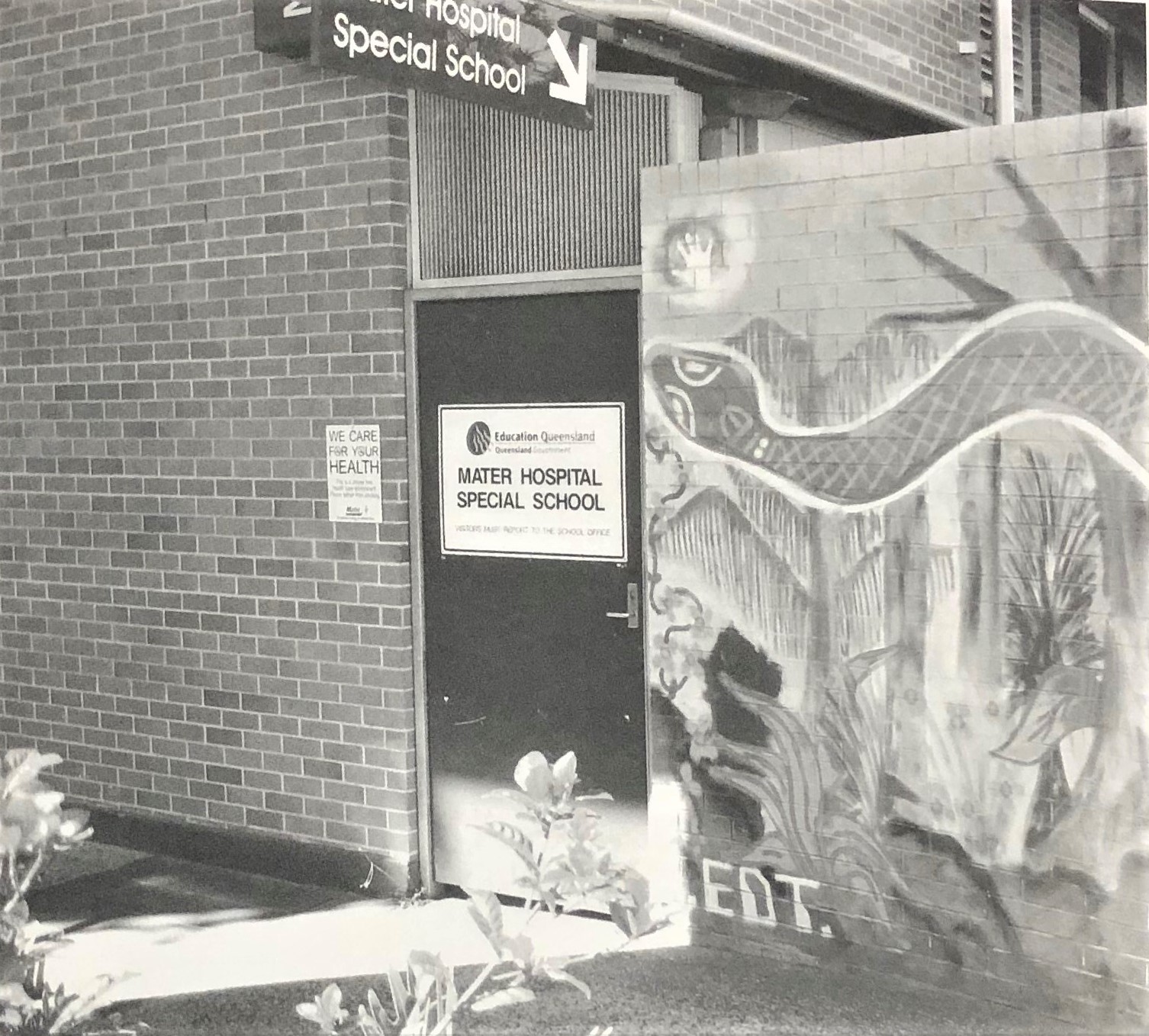Queensland's rich and
pioneering tradition in hospital education has driven the development of a
state-wide network of hospital education programs, which together celebrated
100 years of hospital schooling in Queensland in 2019. Across its campuses and
in partnership with its regional programs, the Queensland Children's Hospital
School is continuing to facilitate the delivery of quality education to
children and young people affected by hospitalisation, including siblings,
across Queensland.
Origins of the Queensland Children's Hospital School
The Sick Children's
Provisional School opened on 11 August 1919 at the Hospital for Sick Children
in Brisbane, which later became known as the old Royal Children's Hospital. By
1926, the first school building was instituted at Herston; a building imported
from Victoria Point State School. Through decades of progressive and dedicated
service to sick and injured students, the school gained notoriety as a leading
specialist education institution. In his book To Teach the Sick: The Hospital
Schools of Queensland (2009), Professor John Pearn (AO) later described the
school as a 'centre of excellence for the provision of uninterrupted teaching.'

Artwork by
students of the Royal Children's Hospital, in 2005, for the 130th anniversary
of the Hospital. Photo by Professor John Pearn (2008). Reproduced with
permission.
The Mater Children’s
Hospital opened in 1931, administered by the Sisters of Mercy, who also began
informally teaching many patients. This practice continued for over 30 years
until the first classroom was opened in 1963, with many of the teaching Sisters
liaising informally with students’ teachers at their base schools, providing
critical support for their continuity of education. In May 1977, the Mater
Hospital Special School opened as an autonomous school, with three teachers,
and in May 1983, the purpose-built Mater Hospital Special School opened in
Clarence Street, South Brisbane — a four storey building including separate
classrooms for students of all ages, ‘living skills’ facilities, a library and
a grassed play area.
October 2003 saw the
opening of a new Mater Children’s Hospital School building on Stanley Street,
which is the current Junior Campus of QCH School. Known for its leadership in
best-practice special education, in 2005 the Mater Hospital Special School was
awarded a Regional Showcase Excellence Award in Education in Inclusive
Education, and in 2006, the team were state finalists for the Excellence in
Leadership Award.

The Mater
Hospital Special School on Stanley Street. Photo by Professor John Pearn (2008), reproduced with permission.
Significant events in our history
The Queensland
Children's Hospital in South Brisbane (originally named Lady Cilento Children's
Hospital) opened in 2014 — an amalgamation of the Mater Children's Hospital and
the Royal Children's Hospital. The opening of the hospital signified the beginning
of a new chapter of hospital schooling in Queensland, with the relocation of
the QCH School.
The sports houses of
the Queensland Children's Hospital School are named after two exemplary figures
in the histories of the two hospitals. The abovementioned Professor John Pearn,
a renowned paediatrician, served as a senior clinician at the Royal Children's
Hospital for 46 years and in 2009, won an Order of Australia (AO) award for
service to medicine. He has made significant research contributions in the
areas of child safety and welfare, clinical genetics, medical ethics and
neuromuscular disease.
Sister Angela Mary
Doyle (AO), recipient of many awards including Queenslander of the Year (1989),
and Order of Australia (1993), began her career as a nurse before working as a
Mater Hospital administrator for 22 years. Sister Angela Mary Doyle is known
for her advocacy for research and welfare causes, and like Professor Pearn, is
a beloved member of the Brisbane and broader medical communities.
QCHS today
Like all twenty-first
century teaching and learning environments, the Queensland Children's Hospital
School is continually changing and adapting as new technologies become
conventional, and pedagogies emerge and advance.
What has remained
consistent through the past century of hospital education in Queensland has
been the advocacy for young people to continue and thrive in their education
during their hospital stay, by their teachers, their clinical health
professionals, community and school leaders, families, and themselves.
With thanks to
Professor John Pearn for his contributions.